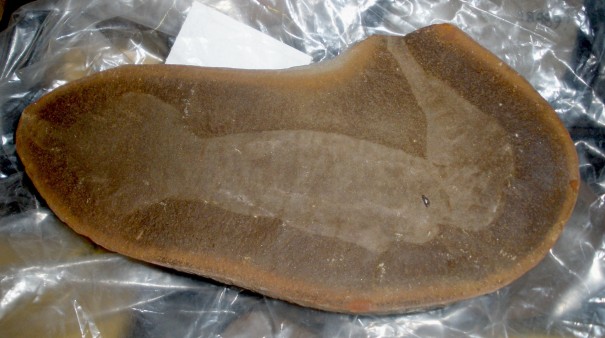At many points in our lives, we can go through an identity crisis. However, it is a safe bet that few people experience one comparable to that of Tullimonstrum gregarium, more commonly known as the “Tully Monster”, whose identity is still as yet unresolved, even though its been extinct for around 300 million years.
Despite being only roughly 35cm long, this ancient creature has caused a disproportionate amount of commotion in the palaeontological community. Due to the oddity of its fossil records, the Tully monster has been likened to anything from a mollusc or a worm to an arthropod – creatures with an exoskeleton and jointed legs such as crabs and scorpions.
Illustrative of the controversy caused is the fact that two papers published within six months of each other, disagree even at the fundamental level of whether it is a vertebrate or an invertebrate. The pro-vertebrate camp, which in this incarnation is represented by a team lead by Victoria McCoy, argue that the existence of a notochord helps classify the creature as an ancient lamprey; a vertebrate. The notochord is a primitive backbone, which actually appears in human embryonic development.
Further to their case they point to the eyes which contain pigments that are typical of vertebrate creatures, such as melanin, and more importantly, the structure of the eye being typical of a vertebrate with preserved lenses. They also bring to light the existence of multiple rows of teeth, as seen in sharks, along with other structural points. This is backed up with analysis of its evolutionary history.
However, in the blue corner, representing team invertebrate are Lauren Sallan and her colleagues. They rebuff many of their arguments, principally that the notochord structure even is one. They claim the conditions in the Mazon Creek fossil bed, where the specimens were found, are too acidic to preserve a notochord, and they say the structure is more likely a stomach vessel.
They also say that many key vertebrate pieces are missing and point to the eye pigment argument saying that these do not necessarily identify a vertebrate, due to inconsistencies with other vertebrates of the time. Sallan more fundamentally criticised the comparison to the lamprey as a modern counterpart.
McCoy was quick to hit back at this paper, remarking that they presented no new data or analyses. and plans to publish a response. Sallan called their paper “a call for further examination” as opposed a conclusive argument and said that the creature’s identity remains an open question.
IMAGE: Archaeology Wiki




